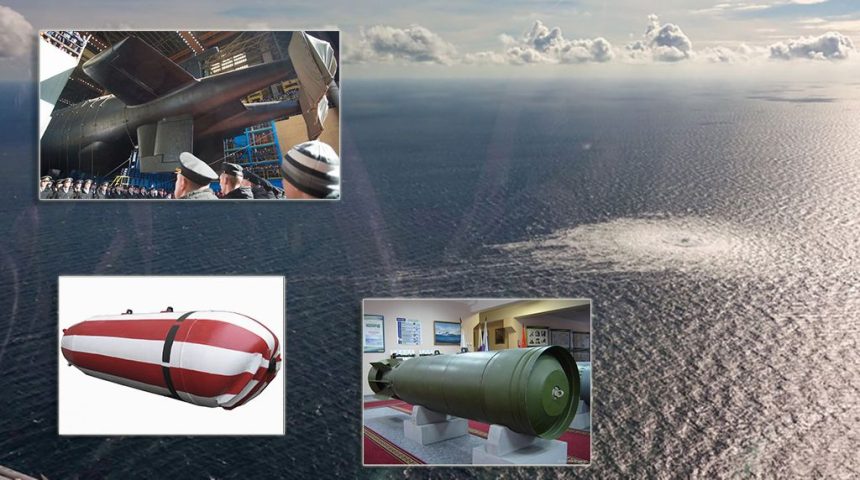Naval Capabilities Exist That Could Have Caused the Nord Stream Pipeline Damage.
It’s a non-fiction story that fiction writers like Tom Clancy or Ian Fleming could have dug their teeth into: a pair of mysterious leaks appear in a key strategic pipeline between countries in conflict. Explosions are detected by underwater seismographs. More than coincidence? How did it happen? Who is the perpetrator, if there is one? Is there a bald-headed villain in a secret lair petting a white cat, plotting his next move?
As David Cenciotti reported in TheAviationist.com on Tuesday, September 27, 2022: “While the leaks are being investigated, the Danish Armed Forces have released a video and photographs taken by RDAF (Royal Danish Air Force) F-16s, showing disturbance in the surface of the sea: the bubbles boiling up to the surface of the sea are quite evident. According to the Danish authorities the disturbance is over 1 km in diameter.”
The circumstances surrounding the Nord Stream pipeline incident invite a world of speculation, some of it pointing to wilful interdiction of pipeline operations. The reported facts can be collated to support the hypothesis of deliberate action to disrupt the pipeline. But as of this hour, there is only one problem with these hypotheses: there is no hard evidence of sabotage in the Nord Stream pipeline leak.
While no hard evidence exists at this time to support the theory of sabotage in the Nord Stream leak, the capabilities to carry out such sabotage exist in some militaries and have been employed before in similar circumstances.
Western reports about the Nord Stream pipeline failures are short on details and seem to contain the same general facts. However, a more detailed accounting of the incident surfaced on the Politico.eu website late on Sept. 26, 2022. The report was compiled and written by America Hernandez and Charlie Duxbury. In the report, Hernandez and Duxbury write that “Baltic maritime authorities” said the disruptions, “…are at a likely depth of 60 meters to 70 meters”.
This depth, around 200-feet beneath the surface, is well within the reach of most underwater weapons including mines, torpedoes, depth charges and other sub-surface weapons systems, including some air-delivered systems. Additionally, the depth is well within the capability of many small manned and unmanned submersible vehicles. And most practically if less glamorous, a surface vessel the size of a fishing trawler could accurately deliver subsurface munitions large enough to cause damage similar to what is being reported now on the Nord Stream pipeline.
The Rosoboron Export (Russian Defense Export) website lists the, “MDM-1 mod.1 and MDM-2 mod.1 sea bottom mines”. The official description of the mines’ capabilities and characteristics says that the mines, “are intended for employment in minefields to endanger and destroy ships and surfaced or submerged submarines. MDM-3-mod.1 sea bottom mine is used in defensive minefields to destroy small-displacement ships and amphibious assault craft”. The website goes on to say that, “The mine can be planted from aircraft (airborne platforms) fitted with mine racks and safety actuation and release devices, as well as from surface ships equipped with mine-laying rails and ramps or mine-scattering systems. Mines can be laid by ships sailing at speeds of up to 15 knots, and by aircraft flying at speeds of up to 1,000 km/h from altitudes of not less than 500 m”.
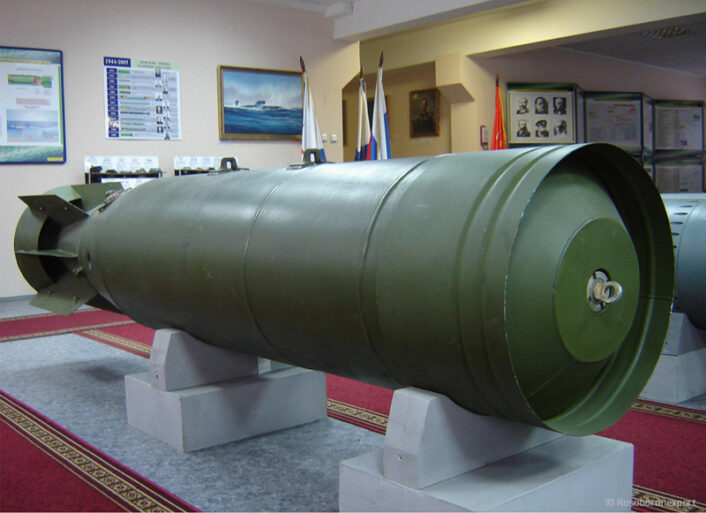
A July 11, 2022 report by journalist Lorenzo Tondo published on TheGuardian.com reported that, “The Black Sea is infested with hundreds of mines dropped by both sides in Russia’s war on Ukraine, posing a serious threat to people and the reopening of the grain shipping routes halted by Moscow’s sea blockade”. Tondo went on to report that, “Kyiv and Moscow have blamed each other for dropping mines in the Black Sea. The extent of the mining operations remains unknown, but Sergey Bratchuk, a spokesperson for the Odesa regional military administration, says between 400 and 600 mines were thrown into Ukraine’s sea zone by Russia”.
Additionally, we also know from Hernandez and Duxbury’s report on Politico.eu that: “Two of the leaks were near the double Nord Stream 1 pipeline, to the northeast of Denmark’s Bornholm island, and one leak was reported near the Nord Stream 2 pipeline off the southeastern coast of the island, the Danish Maritime Authority said on Tuesday. The incidents are just beyond Denmark’s territorial waters, with two in Denmark’s exclusive economic zone and one in Sweden’s exclusive economic zone — areas where the sea has the status of international waters.” And also, “Sweden’s national seismic network detected two distinct blasts in the area on Monday, one at 2.03 a.m. and the second at 7.04 p.m., reported national broadcaster SVT”.
The implication of the explosions occurring in, “areas where the sea has the status of international waters” may include a more permissive environment for underwater sabotage, such as targeted minelaying, to occur without detection.
Throughout the Cold War and again during the conflict with Ukraine, there has been a consistent trend in western social media and some news outlets to diminish the capabilities of Russia’s maritime forces. This theme is consistent with the western narrative of Russia’s submarine forces being prone to accidents. Even popular fictional threads in western literature highlight Russian submarine accidents, such as the massively popular Tom Clancy debut novel, The Hunt for Red October, published on October 1, 1984, as the Cold War reached its climax prior to the collapse of the Soviet Union. Some of the hyperbole about Russia’s submarine forces being accident prone is supportable. Russia has had some sensational underwater military calamities made most conspicuous by the August 12, 2000, Kursk submarine disaster, in which all 118 crewmembers perished. In fact, the theme for Clancy’s Hunt for Red October is extrapolated from the real-life 1975 mutiny aboard the Soviet destroyer Storozhevoy. The crew of the Storozhevoy mutinied in opposition to the Brezhnev government and conditions in the Soviet Navy.
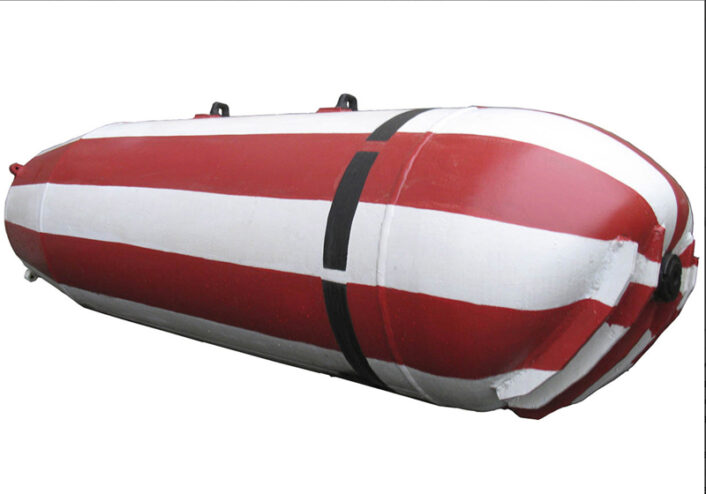
However, this western narrative of Russia’s underwater capabilities being subject to mutiny and accident prone needs to be balanced against advances Russia and the former Soviet Union has made in underwater warfare. Conspicuously absent from most mainstream Western media since the Ukrainian conflict has begun is significant mention of Russia’s new Belgorod nuclear powered submarine.
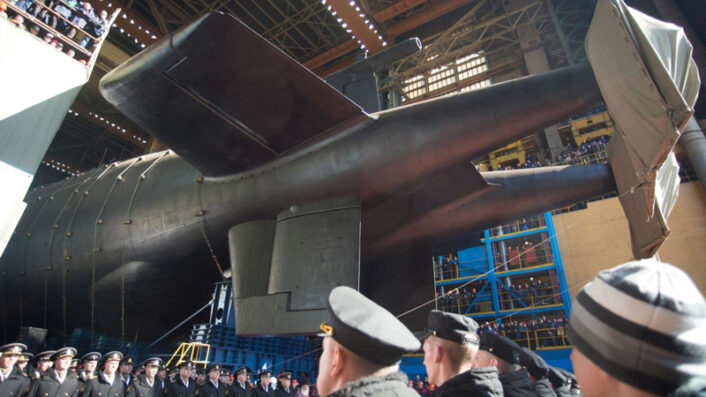
This submarine is not a proposal or far-off prototype. According to a July 24, 2022 report datelined from South Korea, written by analyst Brad Lendon and published by the western online edition of CNN.com, “The Belgorod was turned over to the Russian Navy earlier this month in the port of Severodvinsk, according to the country’s largest shipbuilder, Sevmash Shipyard”. Lendon also reports for CNN that, “Experts say its design is a modified version of Russia’s Oscar II class guided-missile submarines, made longer with the aim to eventually accommodate the world’s first nuclear-armed stealth torpedoes and equipment for intelligence gathering”. The Belgorod, which is real and actually exists, dwarfs the famous Typhoon-class submarines that were previously the largest nuclear-powered ballistic missile submarines in the world.
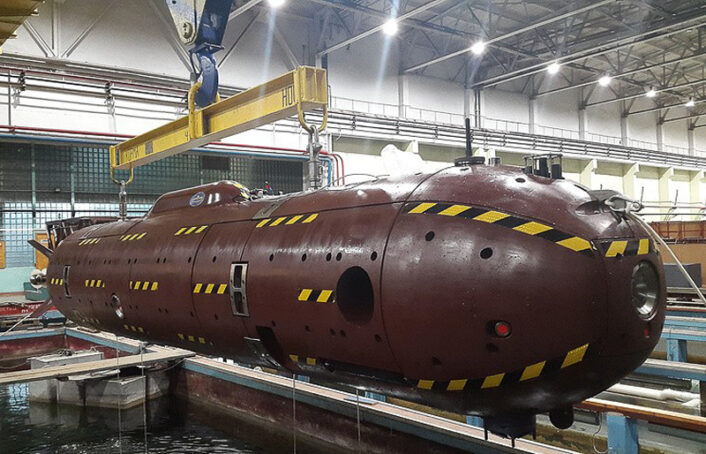
The entire new Belgorod program and its interesting, proposed “stealth drone” capability provide evidence that Russia possesses significant underwater warfare that could be capable of a wide spectrum of missions, including stealthy sabotage. The only thing western analysts need now is some kind of proof.

